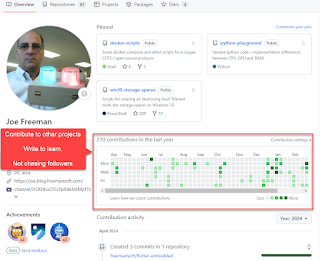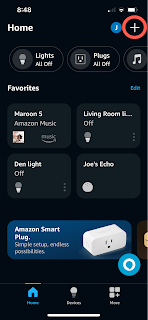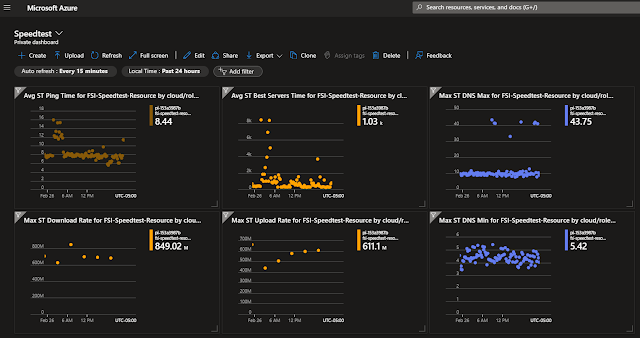Flutter democratizes UI development and grows the UI developer pool

Google's open-source Flutter is a multi-platform UI tool that can bring more people into professional UI development. In other words, Flutter democratizes user interface construction, taking it out of the hands of a few platform-specific specialists. It lets one person implement business functions across web applications, iOS native, and Android native. This reduces specialization and the amount of skew between the different platform implementations. Platform specialization may still be required. We still need experts. We just need fewer of them when building our applications. Flutter is a User Interface toolset that lets software developers create mobile and web applications without requiring that they be user interface specialists. Flutter isn't a tool built on top of another tool built on top of some weird 1990s library. It was created to build applications with mobile, web, and desktop portability in mind. Less living on an island UI development in general and Mobile de



.png)




